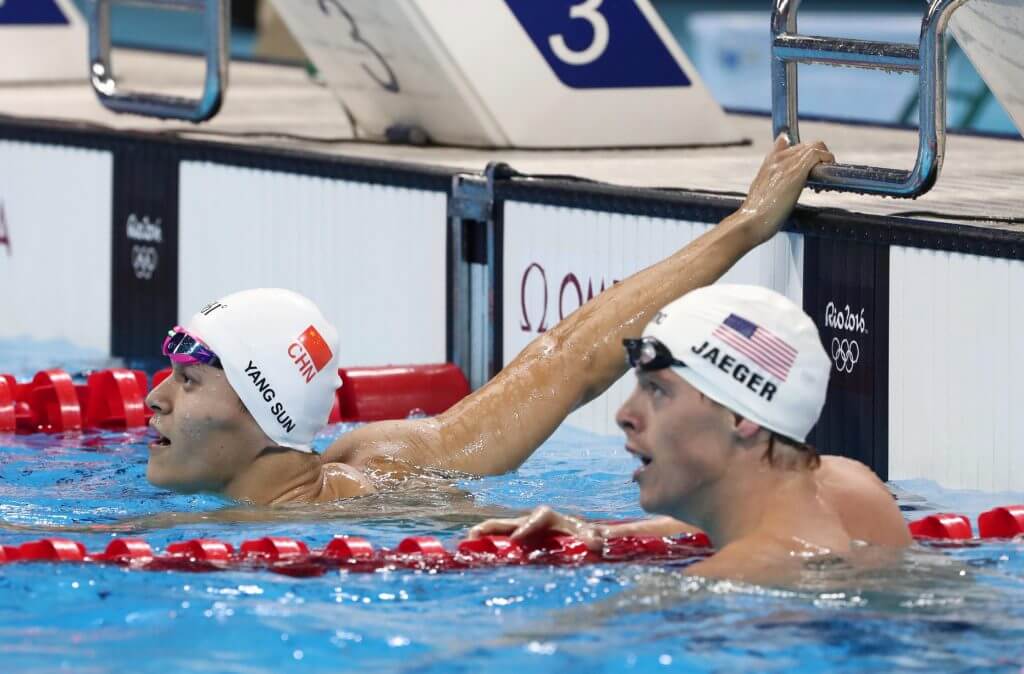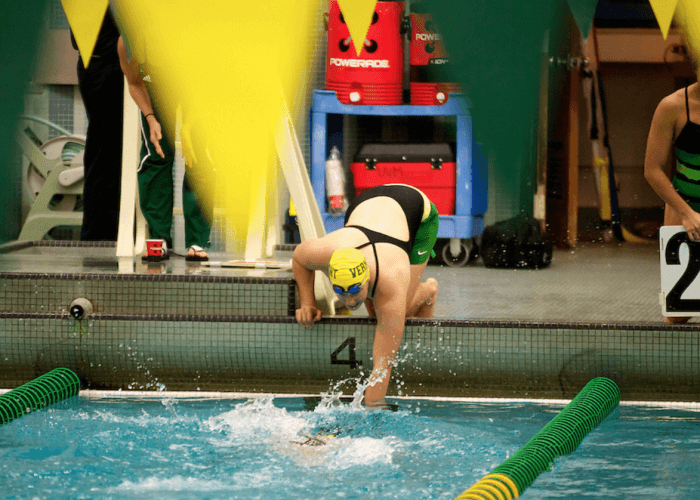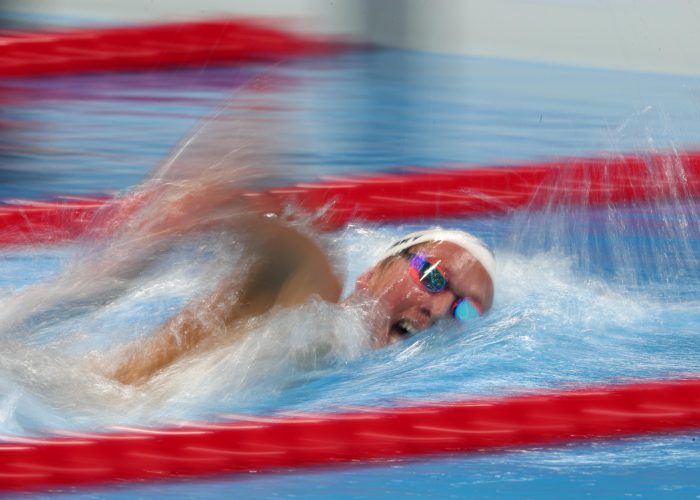The Resurgence of American Male Distance Swimming

By Robbie Dickson, Swimming World College Intern
“Can you count for me?” The dreaded question that arises prior to the distance session on a Sunday afternoon. The only people that can be found around the pool are the brave swimmers preparing for their distance race, the coaches who have put them through brutal training so that they have the energy to reel in the competitors on either side and finally, nervous parents checking MeetMobile for previous best times to compare to the swim that is about to take place. This is the typical scene of most distance session of a swim meet.

Photo Courtesy: Brian Jenkins-UVM Athletics
Few typically stick around to watch the countless heats of miles or 1,000s. They are busy napping, snacking, and completing homework before its due Monday morning, or are half way home after finishing the meet. Thankfully though, the scarce crowd does not prevent swimmers from taking large chunks out of their times or achieving new cuts.
American men’s distance swimming has a great legacy of swimmers who endured years of performing before small crowds before reaching a larger stage. Going back to the 1976 Olympic Games in Montreal in which Brian Goodell and Bobby Hackett upset the great Australian Stephen Holland to take the gold and silver.
After boycotting the 1980 Olympics, Michael O’Brien and George DiCarlo came back to go 1-2 in the 1500 in front of the hometown crowd in Los Angeles. The excitement in men’s distance swimming was short-lived in the United States. A 16-year medal drought for the men followed the ’84 Olympics. At the 1996 Games, no U.S. men even made the final of the 1500.
In 2000, Chris Thompson broke the streak and won a bronze medal in Sydney. Larsen Jensen followed up with a silver in Athens. Only to have the Beijing and London Games finish without any American representation on the podium. A pattern of inconsistency is apparent for men’s distance swimming in the United States.

Photo Courtesy: Rob Schumacher-USA TODAY Sports
This summer in Rio de Janeiro, Jaeger won a silver medal touching a little under 5 seconds behind Italy’s Gregorio Paltrinieri. The American flag could once again hang proudly over the podium for the first time since the Athens Games. The other American in the field, Jordan Wilimovsky, finished fourth, nearly giving the United States two medalists for the first time since 1984.
When looking at the current rankings for the 1500, there are currently seven swimmers ranked in the top 50. Two out of those seven, True Sweetser and Robert Finke, have yet to turn 19 years old. The future is certainly bright for the American men.
While Katie Ledecky is smashing world records and winning gold medals for the women, her male counterparts are slowly, but surely solidifying their positions as great distance threats on the international level. Leading up to the Tokyo Olympics, look for the American men to be contenders for medals, generating excitement for these formerly little-watched races. Maybe the stands will slowly fill during the distance sessions of local meets as the next superstar in distance swimming could be an unknown in the very next heat.




Great article!
The medals in the 1500 in 1984 really do not count because Salnikov would have crushed the Americans.
DiCarlo and O’Brien would have taken Komrad Vlady and his GDR pal Lodziewski to the cleaners Big Time @. LA. Home cook in’ wins out every time!